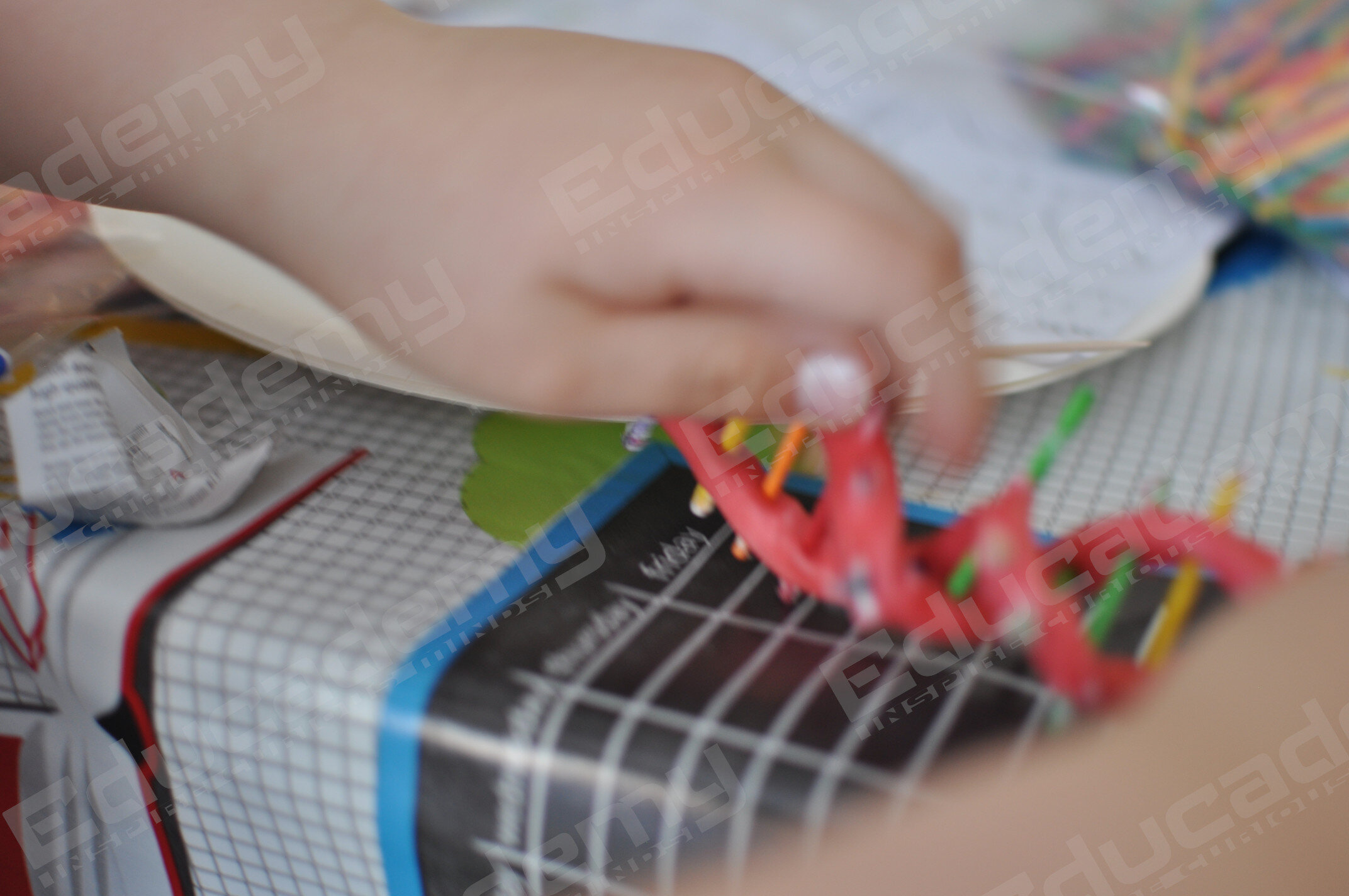Image credit
Gif credit
A computer is any machine able to store and process data by executing a set of arithmetic instructions given to it in a program [1]. Of course every computer has its own specific design depending on different brands, but the main components are standard and fundamental [2].
The case, which is the plastic box housing each of the following components listed below.
The Power Supply (PS) or Power Supply Unit (PSU) is a hardware (i.e. physical) element that supplies power to all other components.
The motherboard is a circuit board that makes the communication between components possible. This part of the computer allows for electrical signals to be exchanged in order to compose data.
The Central Processing Unit (CPU) or processor, which reads and processes data, thus doing the type of massive calculations needed to run a program: whenever a line of code is written, it has to be translated into assembly language, i.e. a language that can be easily understood by the processor. Basically, the CPU takes care of all the processes a computer has to deal with.
Hard Disk Drive (HDD), needed by computers to store their data. This is made of an actual disk with a large storage space, but the access to what is stored is really slow, which is why RAM is used.
Random Access Memory (RAM) stores the exact same kind of data as the HDD, but it sacrifices storage for instant accessibility.
The graphics card, which is responsible for generating high-end visuals, e.g. a game with 3D models, different angles and colours. It also is the component figuring out how it all is supposed to look on the monitor.
Did you know that you could build your own laptop?
Author: Ludovica Maria Golia







































